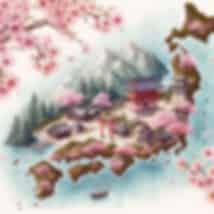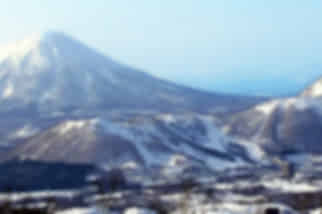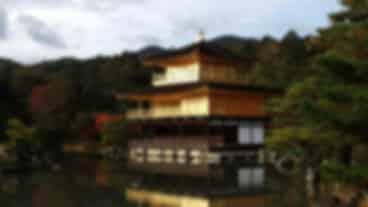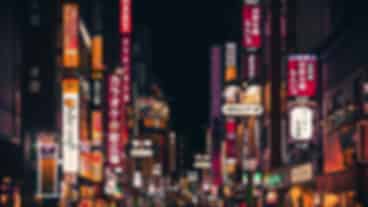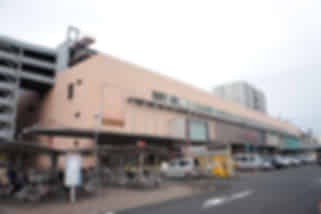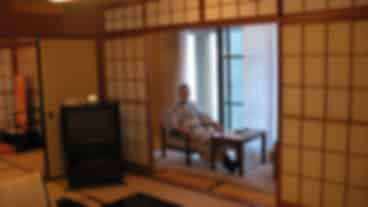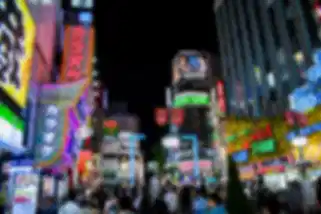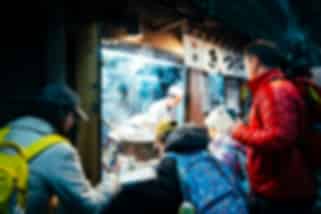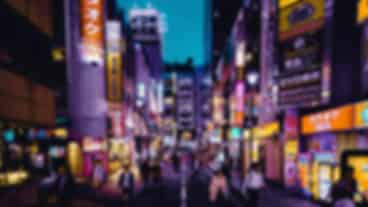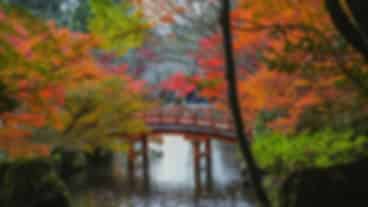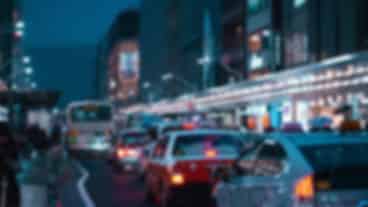Top 10 Shopping Streets in Japan You Can’t Miss
Author
Tavleen Kaur
Updated Date
October 21, 2025
Read
7 minutes
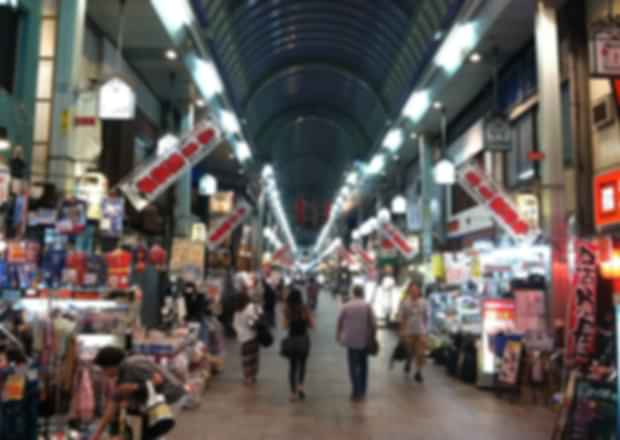
Japanese shopping is more than just buying; it’s a window into culture, style, and everyday life. From the vibrant youth fashion of Harajuku to the neon nightlife of Osaka, Japan’s shopping streets offer a mix of tradition and modernity that creates an unforgettable retail experience. Here’s your ultimate 2026 guide to the top shopping streets in Japan.
Why Japan’s Shopping Streets Matter
Walking through Japan’s shopping streets is like taking a cultural tour. These streets combine local life, fashion, food, and entertainment in one lively package. Whether it’s cutting-edge streetwear, anime merchandise, or traditional Japanese delicacies, each street tells its own unique story.
Highlights of this guide:
- Compare Japan’s most iconic shopping neighbourhoods
- Learn opening hours, specialities, and pricing
- Plan visits for the best experience based on your interests
Top 10 Shopping Streets in Japan
1. Ginza, Tokyo – Luxury at Its Finest
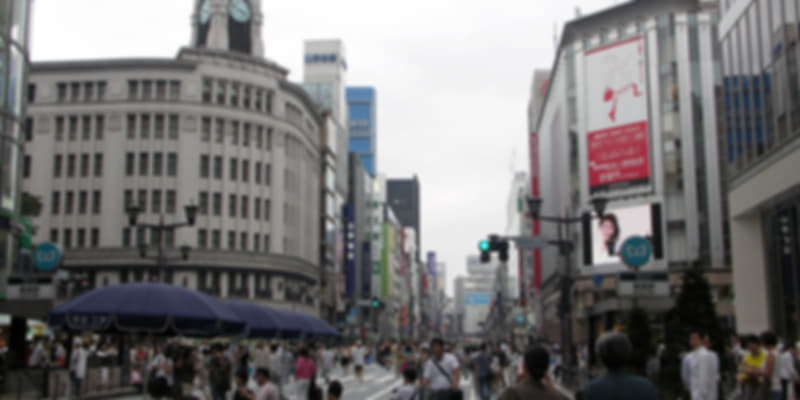
Nearest Station: Ginza (Multiple Lines) | Price Range: Mid – Splurge
Tokyo’s premier luxury shopping district, Ginza, houses flagship stores from Chanel, Dior, and Uniqlo’s massive 12-story location. The pedestrian-friendly Chuo-dori becomes car-free on weekends, making window shopping a pleasure. Don’t miss the Ginza Six complex for avant-garde fashion and rooftop gardens.
2. Takeshita Street, Harajuku – Youth Fashion Central
Nearest Station: Harajuku (JR Yamanote) | Hours: Best morning & late afternoon | Price Range: Budget – Mid
This narrow, pedestrian-only street is the epicentre of Tokyo youth culture. Packed with quirky boutiques, crepe stands, and vintage shops, Takeshita Street pulses with creative energy. Arrive early to avoid crowds, or embrace the chaos during peak afternoon hours when the street truly comes alive.
3. Shibuya Centre-Gai – Nightlife Shopping Hub
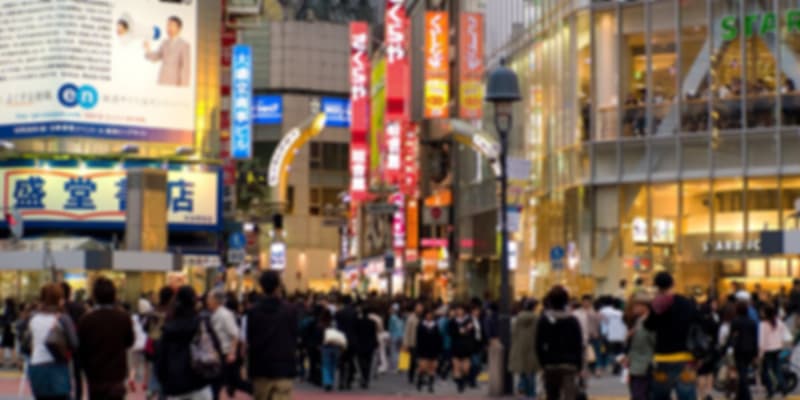
Nearest Station: Shibuya | Best Time: Evenings | Price Range: Budget – Mid
Just steps from the famous Shibuya Crossing, Centre-Gai offers a maze of boutiques, record stores, izakayas, and karaoke bars. This neon-lit street is perfect for those seeking Tokyo’s energetic nightlife scene combined with eclectic shopping opportunities.
4. Akihabara (Electric Town) – Otaku Paradise
Nearest Station: Akihabara (JR/Metro) | Hours: All-day | Price Range: Budget – Splurge
Akihabara remains the undisputed capital of electronics, gaming, and anime culture. Multi-story shops like Yodobashi Camera offer everything from cameras to computers, while smaller stores specialise in rare collectables and vintage video games. Maid cafés and anime-themed restaurants complete the immersive experience.
5. Shinsaibashisuji Shopping Street, Osaka – All-Weather Shopping
Nearest Station: Shinsaibashi (Osaka Metro) | Hours: All weather | Price Range: Budget – Splurge
This 600-meter covered arcade protects shoppers from rain and heat while offering an impressive mix of international brands and local boutiques. Connected to several department stores, Shinsaibashisuji provides a complete shopping experience from budget finds to luxury goods.
6. Dotonbori, Osaka – Entertainment & Street Food Mecca
Nearest Station: Namba | Best Time: Evening peak | Price Range: Budget – Mid
Famous for its dramatic neon signs and the iconic Glico Running Man, Dotonbori transforms after dark into a sensory overload of street food vendors, restaurants, and entertainment venues. Sample takoyaki, okonomiyaki, and kushikatsu while soaking in Osaka’s vibrant nightlife atmosphere.
7. Nishiki Market, Kyoto – Traditional Food Paradise
Nearest Station: Central Nishiki | Hours: 9:00–18:00 | Price Range: Budget – Mid
Known as “Kyoto’s Kitchen,” this narrow, five-block market has served locals for over 400 years. Browse stalls selling fresh seafood, Japanese knives, pickles, tofu, and seasonal delicacies. Many vendors offer samples, making it perfect for culinary exploration.
8. Tanukikoji Shopping Arcade, Sapporo – Hokkaido’s Hidden Gem
Nearest Station: Odori/Susukino/Sapporo | Hours: 10:00–22:00 | Price Range: Budget – Mid
Stretching nearly one kilometre, this historic covered arcade in Sapporo offers protection from Hokkaido’s harsh weather. Find Hokkaido souvenirs, regional snacks, clothing, and drugstores at bargain prices. The arcade connects multiple stations, making it convenient for transit-oriented exploration.
9. Ameya-Yokochō (Ameyoko), Ueno – Old Tokyo Charm
Nearest Station: Ueno/Okachimachi | Hours: Morning–evening | Price Range: Budget – Mid
This open-air market preserves post-war Tokyo’s bargaining culture. Vendors enthusiastically hawk fresh seafood, dried goods, cosmetics, and clothing at negotiable prices. The energetic atmosphere and genuine local character make Ameyoko a refreshing contrast to polished modern malls.
10. Shibuya 109 – Gyaru Fashion Hub
Nearest Station: Shibuya (East Exit) | Hours: Standard mall hours | Price Range: Budget – Mid
This iconic cylindrical building defines Japanese young women’s fashion trends. With 120+ boutiques across ten floors, Shibuya 109 showcases the latest in gyaru and street fashion. The building itself is a cultural landmark worth visiting, even if you’re just browsing.
Best Streets by Interest
- Luxury & Fashion: Ginza offers iconic flagship stores; visit weekday mornings for a calm, sophisticated shopping experience without the weekend crowds.
- Youth Culture & Streetwear: Takeshita Street, Shibuya 109, and Shibuya Centre-Gai deliver Tokyo’s cutting-edge street fashion, trendy cafés, and vibrant nightlife scenes.
- Tech & Anime Fans: Akihabara is unmissable; early mornings are recommended for serious collectors hunting rare items before crowds arrive.
- Food & Local Markets: Nishiki Market and Dotonbori provide authentic Japanese snacks, fresh seafood, and vibrant street scenes that engage all your senses.
- Budget & Souvenirs: Ameyoko and Tanukikoji offer bargain shopping with genuine local charm and negotiable prices.
Seasonal & Timing Tips
- Rainy or Winter Days: Stick to covered arcades like Shinsaibashisuji or Tanukikoji, where the weather won’t interrupt your shopping plans.
- Evenings: Dotonbori and Shibuya Centre-Gai come alive at night with neon lights and energetic crowds, perfect for experiencing Japan’s nightlife culture.
- Quiet Browsing: Weekday mornings in Harajuku and Ginza provide peaceful window shopping before tourist crowds and local shoppers arrive.
Quick Travel Tips
- Transport: Use IC Cards (Suica/PASMO in Tokyo, ICOCA in Osaka/Kyoto) for seamless train and bus travel between shopping districts.
- Tax-Free Shopping: Present your passport at participating stores; minimum purchase requirements typically start at ¥5,000. Look for “Tax-Free” signs.
- Cash & Cards: Carry both payment methods; smaller shops and market stalls often prefer cash, especially in traditional areas like Nishiki Market.
Suggested Itineraries
- Tokyo Youth Circuit: Start at Takeshita Street (morning), move to Shibuya 109 (afternoon), then finish at Akihabara (evening) for a complete youth culture experience.
- Osaka Fun Day: Begin shopping at Shinsaibashisuji (afternoon), then transition to Dotonbori for dinner and nighttime entertainment.
- Cultural & Culinary Trail: Explore Kyoto’s Nishiki Market (morning/lunch), then travel to Tokyo’s refined Ginza district (evening) for upscale dining and shopping.
Bottom Line: Street Shopping in Japan
Japan’s shopping streets are more than retail hubs; they blend tradition with innovation. From Ginza’s luxury boutiques and Harajuku’s youth fashion to Akihabara’s tech haven and Nishiki Market’s culinary delights, each street offers a unique glimpse into Japanese life. Hunt for anime collectables, savour street food, or uncover vintage treasures while soaking in the vibrant atmosphere. Ready to explore Japan’s incredible shopping streets firsthand? Discover our curated Japan tour packages that include guided visits to Tokyo’s top shopping districts, Osaka’s entertainment hubs, and Kyoto’s traditional markets. Let us handle the logistics while you focus on the shopping, eating, and cultural immersion. Your ultimate Japanese shopping adventure awaits!
Frequently Asked Questions
What is the best shopping street in Tokyo for tourists?
Takeshita Street in Harajuku ranks as the best for most tourists, offering affordable prices, unique Japanese youth fashion, and iconic street food like rainbow crepes. It’s pedestrian-only, making it easy to navigate, and it captures Tokyo’s creative energy in a compact area.
When is the best time to visit Japanese shopping streets?
Weekday mornings (10:00–12:00) offer the best experience for relaxed browsing with fewer crowds, especially in Ginza and Harajuku. For nightlife atmosphere, visit Dotonbori and Shibuya Centre-Gai after 7:00 PM when neon lights and entertainment venues create maximum energy.
Are Japanese shopping streets open on Sundays?
Yes, most Japanese shopping streets operate seven days a week. However, some individual shops in traditional markets like Nishiki Market may close on Wednesdays or Sundays. Major streets like Takeshita, Shibuya, and Akihabara are busiest on weekends.
Can I use credit cards at Japanese shopping streets?
Major shopping streets and department stores widely accept credit cards. However, smaller vendors at traditional markets (Ameyoko, Nishiki Market) and some vintage shops prefer cash. Always carry yen for flexibility, especially at food stalls and bargain markets.
What should I buy on Japanese shopping streets?
Popular purchases include Japanese streetwear and fashion (Harajuku), electronics and anime goods (Akihabara), Japanese knives and kitchenware (Nishiki Market), and regional snacks and cosmetics (Tanukikoji, Ameyoko). Tax-free shopping makes luxury items in Ginza particularly attractive for international visitors.
Recommended articles for you
Discover Packages


Need help in planning?
Talk to our Travel Experts


